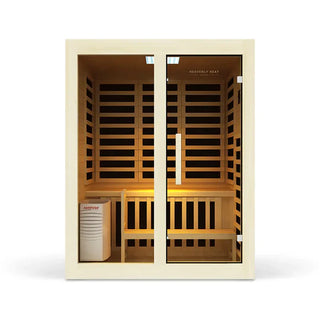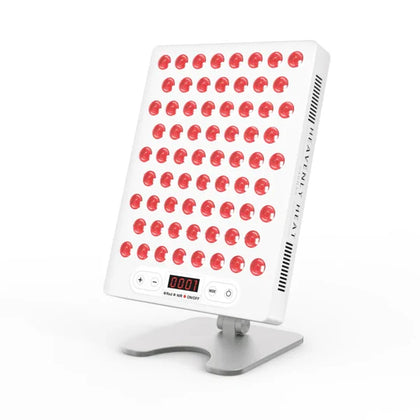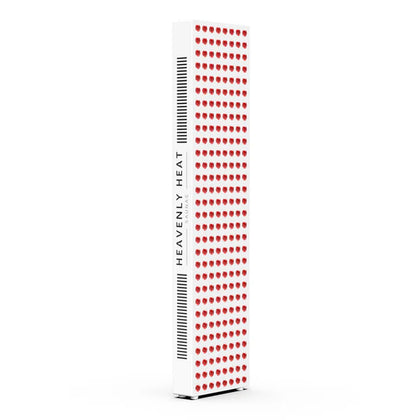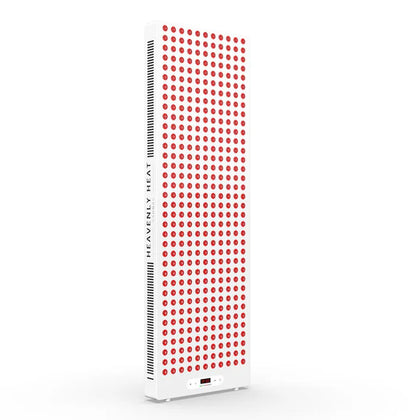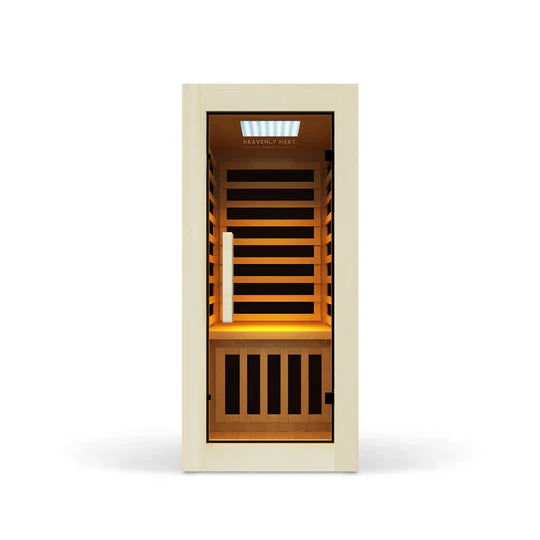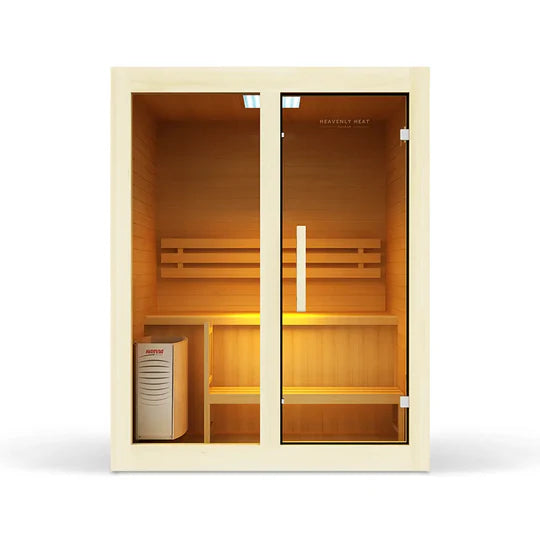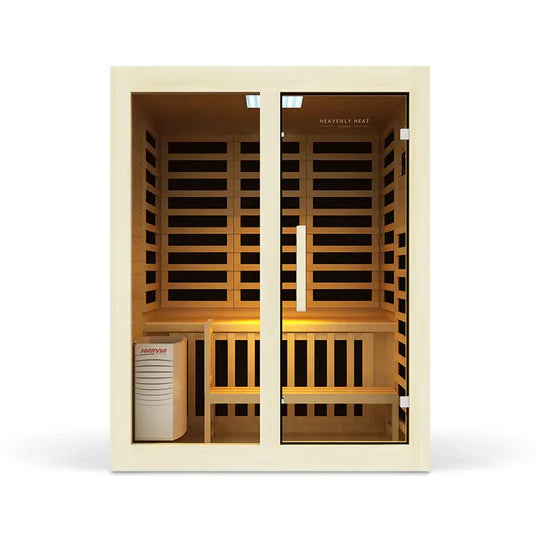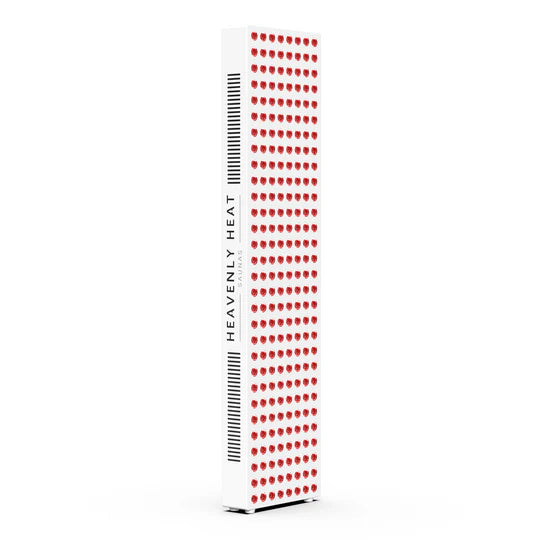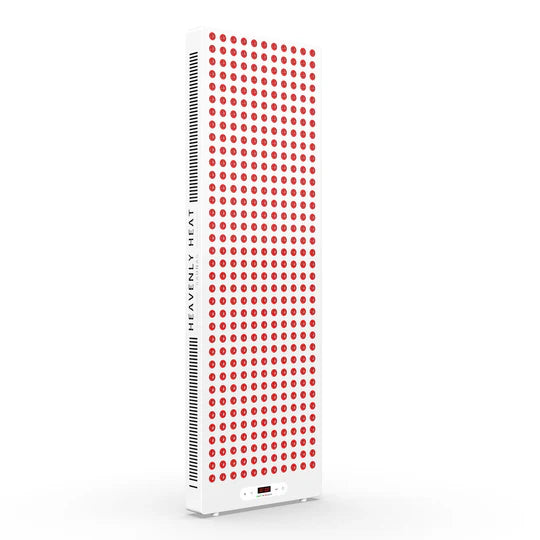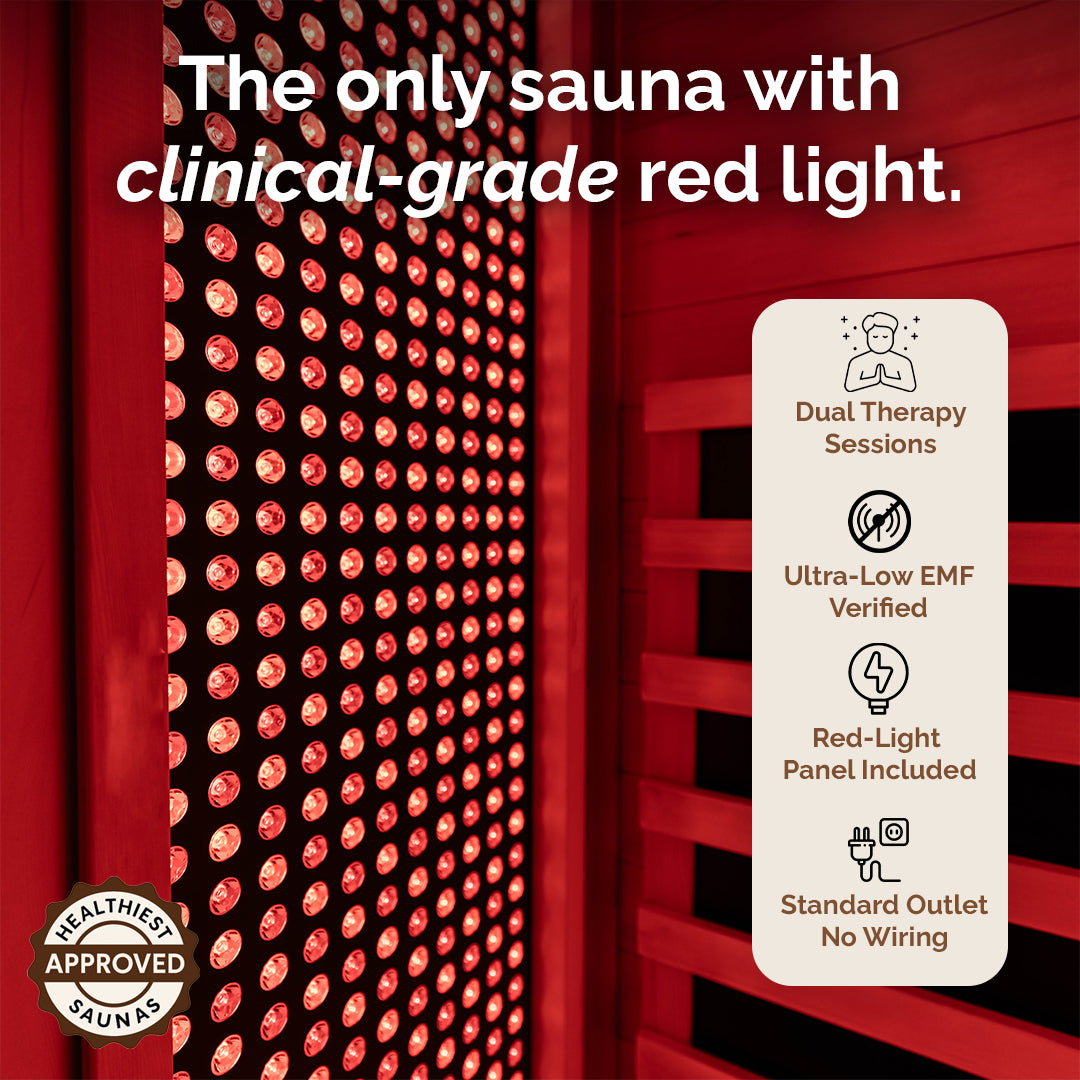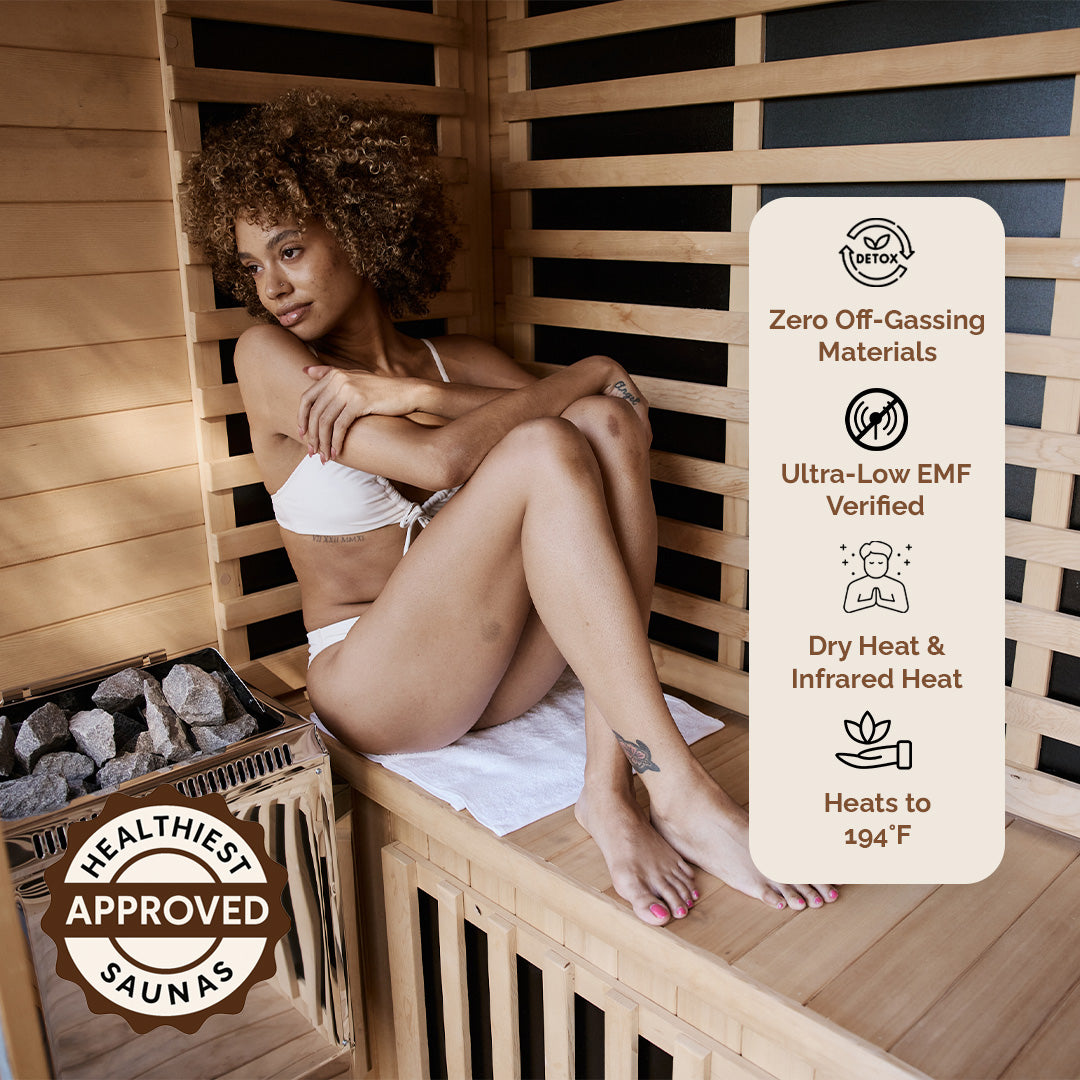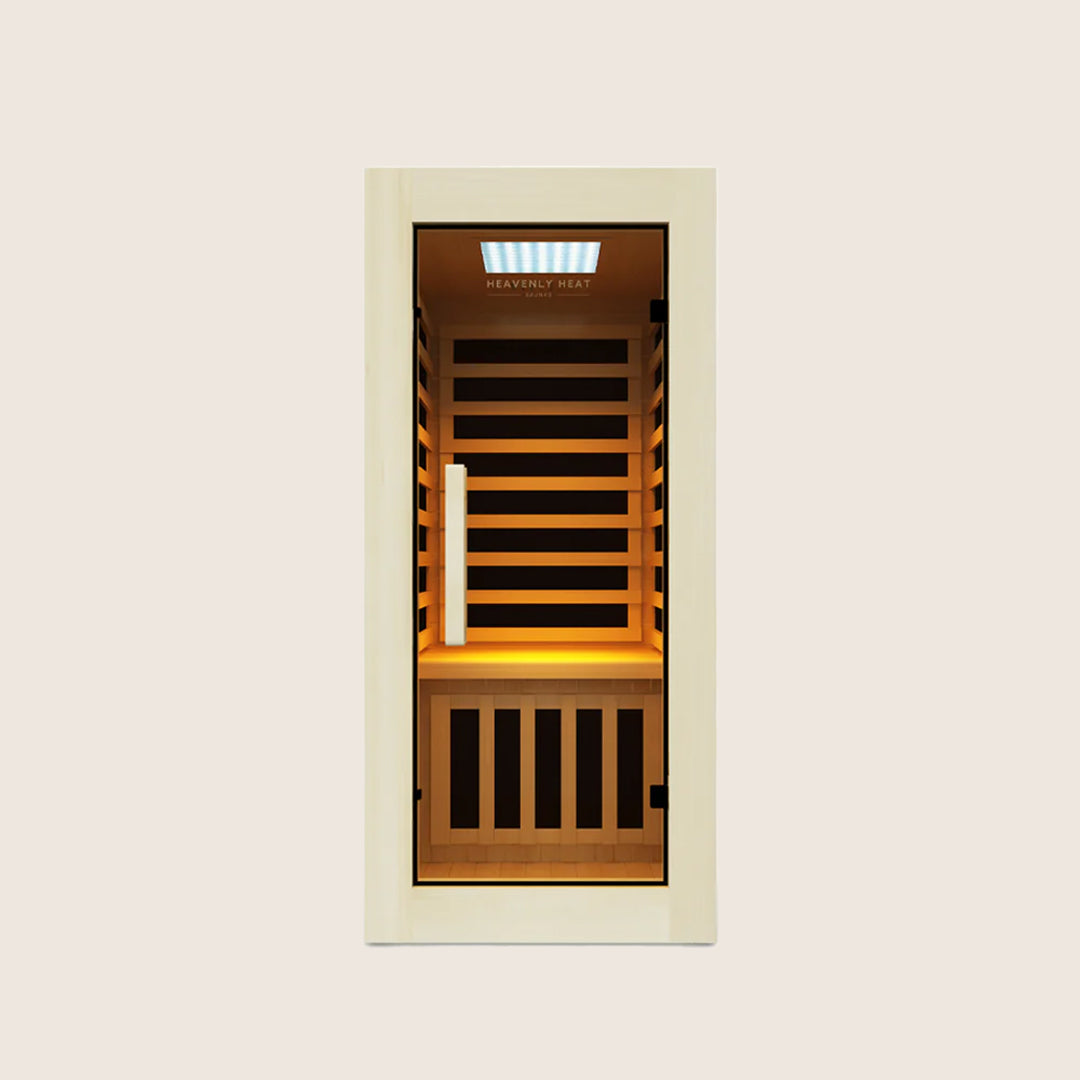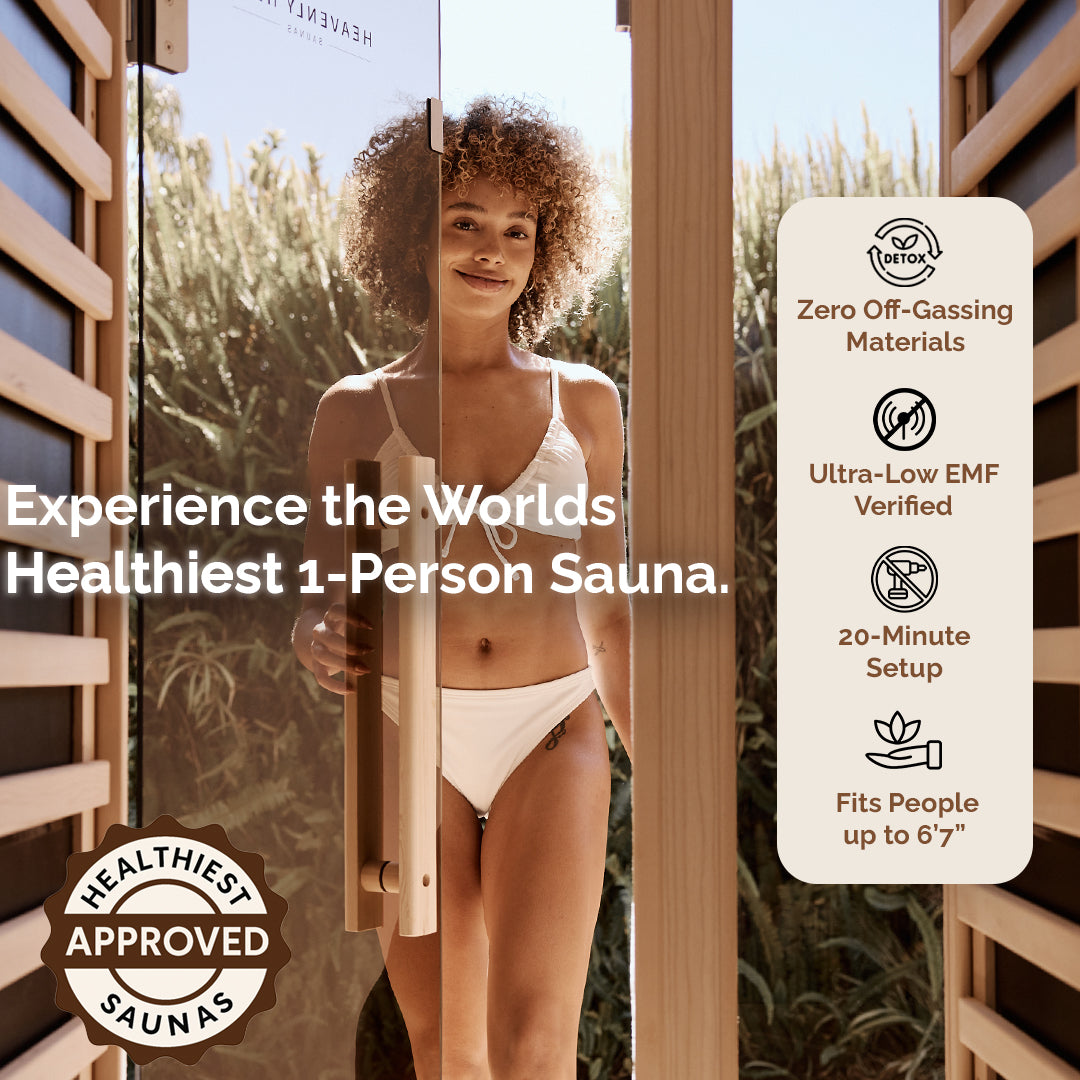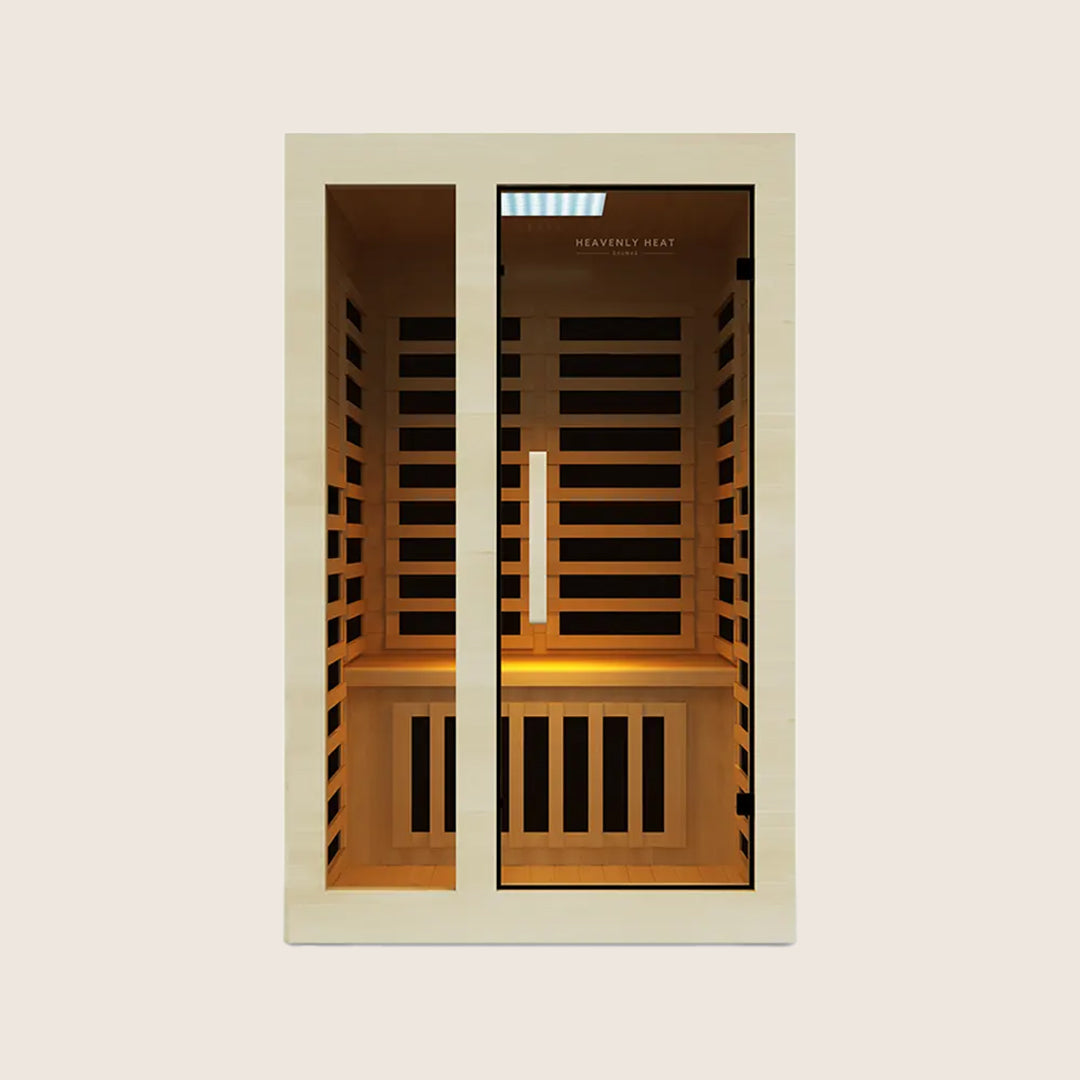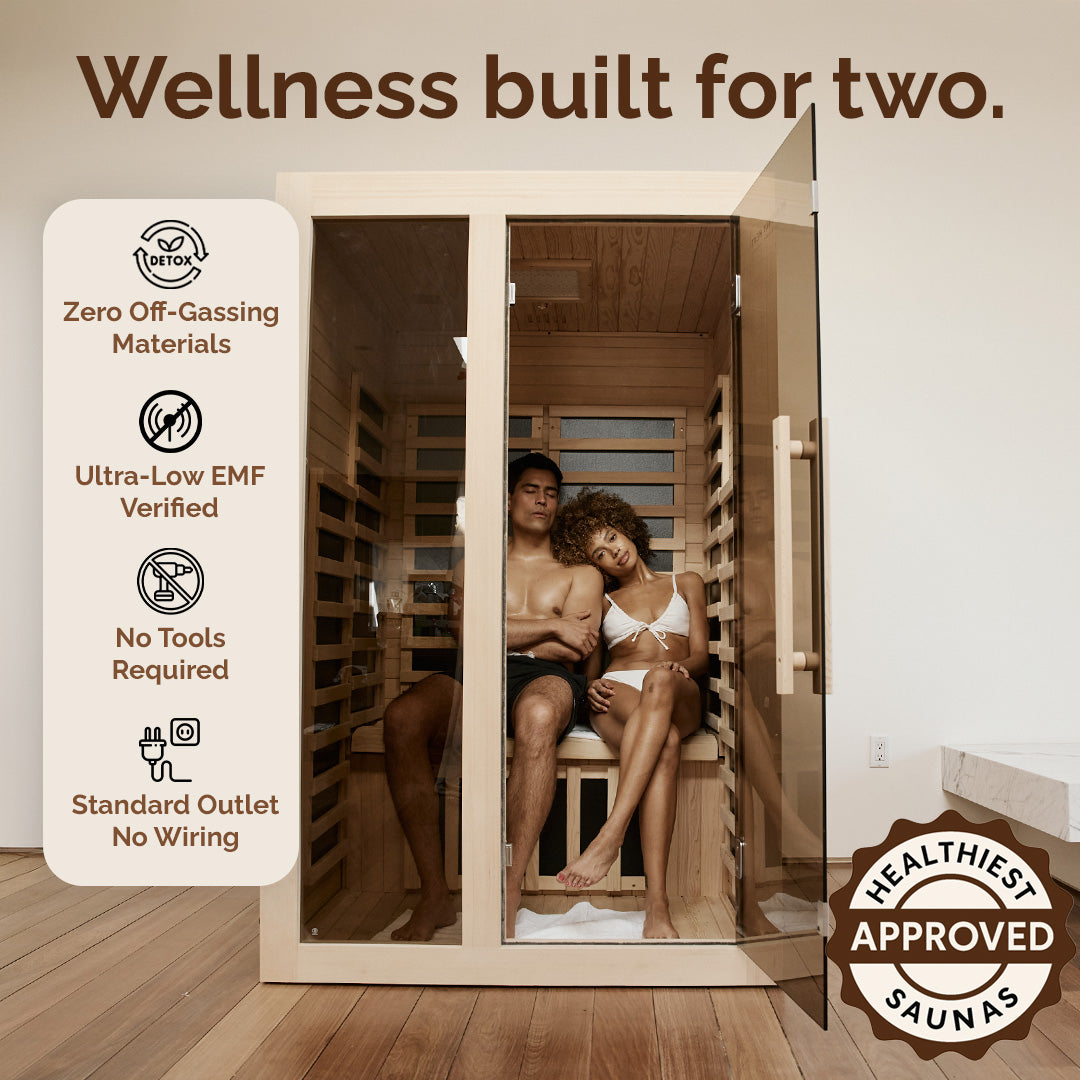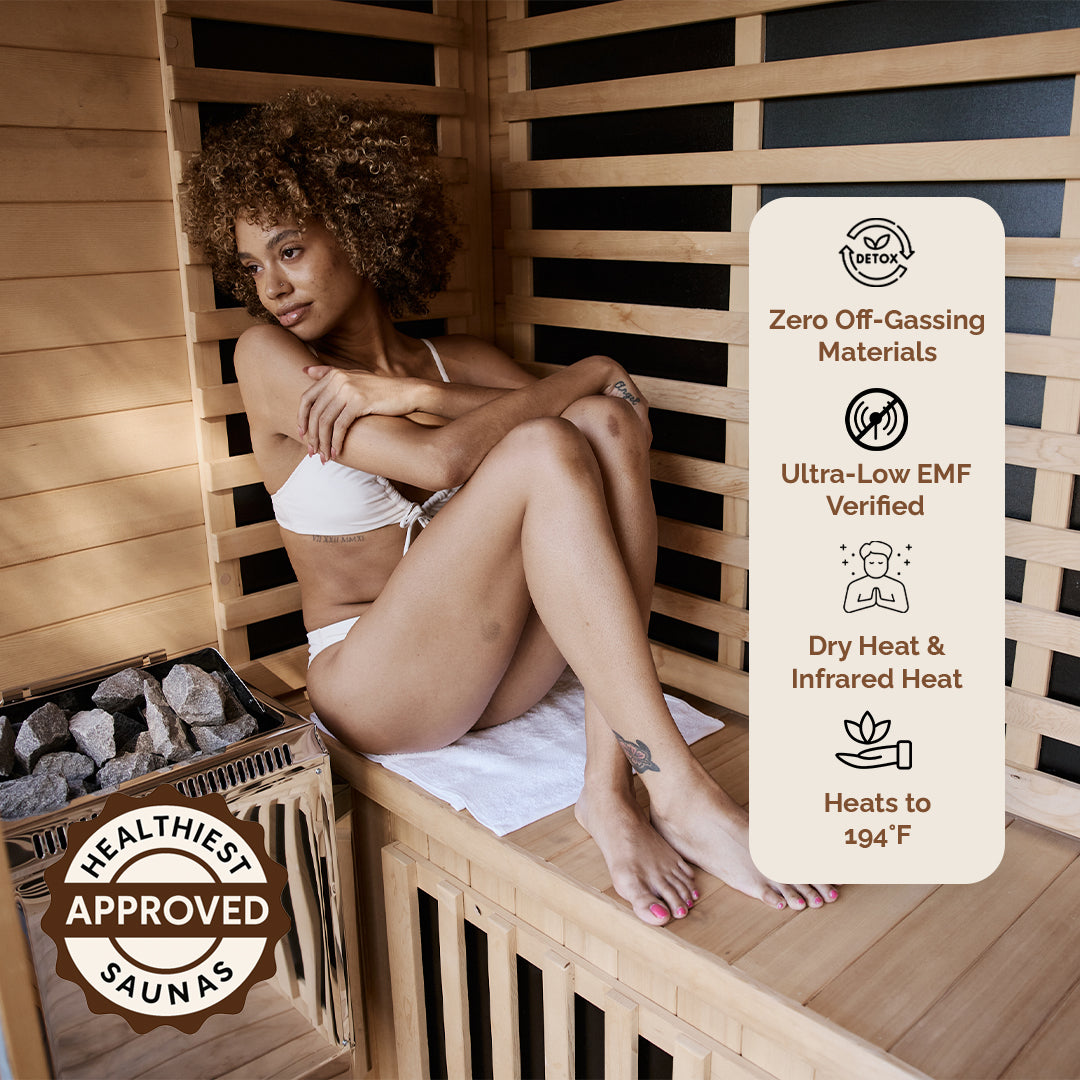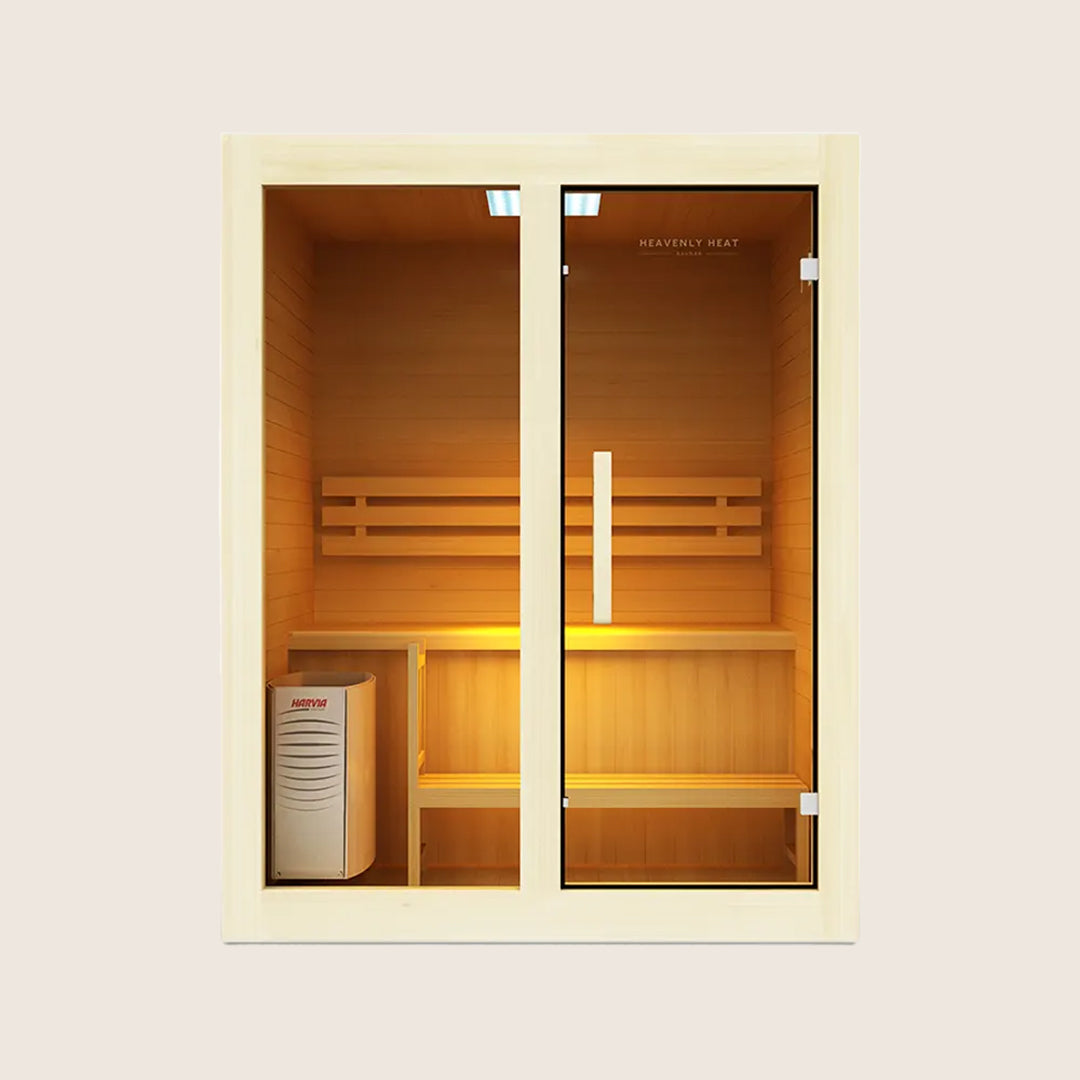Does Sunscreen Block Red Light Therapy?

Table of contents
Sunscreen protects your skin from harmful UV rays, but does it interfere with red light therapy?
Many people use both for healthy skin, but it’s important to know how they work together.
In this article, we’ll explore whether sunscreen affects the effectiveness of red light therapy and how you can get the best results from both.
Key Takeaways
Sunscreen may block red light therapy by creating a barrier that reduces light penetration.
Apply sunscreen after red light therapy, not before, to avoid interfering with the treatment’s effectiveness.
Mineral sunscreens with zinc oxide or titanium dioxide are better for use with red light therapy than chemical sunscreens.
Avoid heavy oils and serums before red light therapy, as they can also block light absorption.
To protect your skin naturally, consider using moisturizers or oils like argan or jojoba oil instead of sunscreen during therapy.
What is Sunscreen, and How Does It Protect Your Skin?
- Sunscreen helps your skin fight against sun damage: Sunscreen is made to protect your skin from the sun’s harmful rays. It acts like a barrier, keeping the skin safer from invisible damage you don’t always feel or see right away.
- Physical sunscreens sit on your skin and bounce the sun off: Ingredients like zinc oxide and titanium dioxide stay on top of your skin and reflect the sun’s UV rays, keeping them from getting inside and causing harm.
- UVB rays burn your skin, UVA rays damage it from within: While UVB rays cause painful sunburns, UVA rays go deeper and damage the skin over time, leading to aging signs like wrinkles and dark spots.
- Using broad-spectrum sunscreen gives full protection: A broad-spectrum sunscreen guards your skin against both UVA and UVB rays, helping to prevent not just burns but also early signs of aging and skin problems.
- Chemical sunscreens soak up the rays before they hurt your skin: Instead of bouncing UV rays off, chemical sunscreens absorb them and turn them into harmless heat before they can damage your skin.
- Just a few minutes in the sun can already harm your skin: Even being outside for 15 minutes without sunscreen can start causing damage that adds up over time and increases your risk of skin cancer. " says Dr. Jessica “Nikki” Dietert , a board-certified Mohs surgeon and caring dermatologist.
- Many people use sunscreen, but not often enough: Studies show that while a lot of people do use sunscreen, most don’t use it regularly, which means their skin stays at risk from the sun.
- Sunburn is still very common, especially in kids and young adults: More than half of kids and young adults get sunburned every year, which can lead to serious skin problems if it keeps happening.
- Daily sunscreen use is safe, even for long term: Worried about sunscreen safety? Research says ingredients like nanoparticles in physical sunscreens stay on the surface and don’t go into your body, so they’re safe to use every day.
- Protecting your skin every day keeps it younger and healthier: Using sunscreen daily keeps your skin from aging too fast and helps prevent serious issues like sunburn and skin cancer in the future.

The Benefits of Red Light Therapy on Skin Health
Boosts Collagen for Firmer, Younger-Looking Skin
- Red light helps skin cells make more collagen: Red light therapy goes deep into your skin and wakes up your cells, making them produce more collagen, which helps your skin stay firm and smooth.
- More collagen means fewer wrinkles and fine lines: Collagen keeps your skin tight and stretchy. When red light boosts it, wrinkles and fine lines start to fade, giving your face a younger look.
- Best results come from the right kind of red light: Light in the 600–650 nm range works best for boosting collagen. That’s the sweet spot science backs for firming and rejuvenating skin.
- Red light is good for firmness but not enough for loose skin: It improves skin texture and firmness, but it won’t do much if your skin is very loose, especially after big weight loss. It needs support from other treatments.
- You’ll see firmer skin if you stick with it: Results don’t come overnight, but with regular use over a few weeks, your skin will start to look firmer, smoother, and more youthful.
Reduces Wrinkles and Fine Lines
- Red light makes wrinkles and fine lines look softer: Red light therapy helps reduce visible wrinkles and fine lines, especially on the forehead and around the eyes . It gently smooths out these signs of aging over time.
- It helps skin get firmer by building more collagen: The light boosts collagen and elastin, which are key for firm and smooth skin. As these build up, fine lines fade faster and deeper wrinkles slowly become less visible.
- Thin skin around the eyes needs extra care during therapy: Since the skin near the eyes is very delicate, it’s important to wear protective goggles. This prevents discomfort or damage from the light during treatment.
- Skin gets better slowly but keeps improving with regular use: Red light therapy works over time. With steady use, it improves how the skin feels and looks, making it firmer, smoother, and more refreshed, even for deeper wrinkles.
Improves Skin Texture and Tone
- Collagen makes the skin feel softer and smoother: Red light therapy helps your skin produce more collagen, which fills in rough areas and makes your skin feel smoother to the touch.
- Sun damage starts to fade with regular use: If your skin has been damaged by the sun, red light therapy helps it heal and slowly fades dark spots, giving your face a healthier tone.
- Dark patches slowly get lighter over time: This treatment is also helpful for people with skin conditions like melasma. It calms down inflammation and helps lighten dark spots, making your skin tone look more even.
Speeds Up Healing of Acne Scars and Wounds
Red light therapy accelerates the healing process of both old and new acne scars by promoting skin regeneration and stimulating collagen production, which is essential for skin repair.
It also helps prevent new acne outbreaks by reducing inflammation and improving blood circulation, leading to healthier, clearer skin.
Over several weeks of treatment, you may notice significant improvements in scar appearance, with the skin becoming smoother and more even.
Reduces Inflammation and Skin Redness
Red light therapy can significantly reduce skin inflammation and redness, making it an excellent choice for people dealing with conditions like rosacea or acne.
It calms irritated skin and reduces swelling, helping improve the overall appearance. By supporting the skin’s natural healing process, red light therapy also works well alongside other anti-inflammatory treatments, boosting tissue repair and further calming inflammation over time.
Can Sunscreen Block Red Light Therapy Effectiveness?
- Sunscreen can block important red light waves: Sunscreens with SPF can block some of the light waves that red light therapy needs to work well, reducing its benefits .
- Mineral sunscreens stop red light from reaching your skin: Sunscreens with zinc oxide or titanium dioxide reflect and scatter light, including red light, making it harder for the therapy to reach your skin.
- Some sunscreen ingredients absorb red light before it helps: Certain chemicals in sunscreen absorb or filter out red light, preventing it from getting deeper into your skin where it does its work.
- Applying sunscreen before therapy can reduce results: Using sunscreen before red light therapy can lower its effectiveness, while applying it afterward won’t interfere with the treatment.
What Ingredients in Sunscreen Could Impact Red Light Therapy?
- Physical Sunscreens Like Zinc Oxide and Titanium Dioxide Can Block Red Light: These ingredients form a protective layer on the skin that stops red light from going deep, making therapy less effective.
- Chemical Sunscreens Can Make Red Light Therapy Work Less Well: Ingredients such as oxybenzone and avobenzone can interfere with how red light therapy benefits your skin.
- Thick Oils and Serums Can Stop Red Light from Reaching Your Skin: Heavy skincare products can create a barrier that reduces how much red light your skin absorbs.
- Some Sunscreen Ingredients and Products Can Weaken Red Light Therapy: Knowing which ingredients block red light helps you avoid them before your therapy for better results.
|
Sunscreen Type |
Interferes with Red Light Therapy? |
| Mineral Sunscreens (Zinc Oxide, Titanium Dioxide) |
yes |
| Chemical Sunscreens (Oxybenzone, Avobenzone) |
yes |
| Oils and Serums (Heavy Formulations) |
yes |
Should I Apply Sunscreen Before or After Red Light Therapy?
- Sunscreen Before Red Light Therapy Lowers Its Power: Putting on sunscreen before red light therapy stops the light from reaching your skin properly.
- Use Sunscreen Only After Red Light Therapy: Apply sunscreen after your session, especially if you will be outside, to protect your skin.
- Wait a Bit Before Putting On Sunscreen After Therapy: Give your skin 15-20 minutes after red light therapy before using sunscreen to let the treatment soak in fully.
What Are Alternatives to Sunscreen for Protecting Skin While Using Red Light Therapy?
- You can protect your skin naturally without sunscreen: There are natural ways to protect your skin while using red light therapy, avoiding the need for sunscreen.
- Moisturizers keep your skin hydrated and calm irritation: Using moisturizers helps your skin stay moist and forms a gentle barrier to reduce irritation during treatment.
- Oils like argan and jojoba nourish and protect your skin: Certain oils provide nourishment and help keep your skin soft and flexible as you undergo therapy.
- Aloe vera and green tea help soothe and protect your skin: Herbal remedies like aloe vera and green tea calm inflammation and protect your skin from damage.
- Vitamins C and E help keep your skin healthy and strong: Antioxidants in these vitamins fight harmful molecules, supporting your skin’s health during red light therapy.
FAQs
Does Sunscreen Completely Block Red Light Therapy?
Sunscreen can reduce the effectiveness of red light therapy by blocking some of the light from reaching your skin, especially with higher SPF. However, it generally doesn’t affect infrared light. To maximize red light therapy, avoid applying sunscreen right before the session.
Can Sunscreen Make Red Light Therapy Harmful?
Sunscreen can block red light therapy by preventing light from penetrating the skin, reducing its effectiveness. Ingredients in sunscreen form a barrier that stops the light from reaching deeper layers where healing occurs. It's important to remove sunscreen or use an appropriate alternative for effective therapy.
Can Certain Oils or Serums Block Red Light Therapy Like Sunscreen?
Oils and serums can block red light therapy by creating a barrier on the skin, reducing its effectiveness. Products with heavy ingredients or SPF, in particular, prevent the light from reaching deeper layers. It's best to keep the skin clear of heavy products before a session to ensure optimal results.
What Types of Sunscreens Are Best for Use with Red Light Therapy?
Mineral sunscreens are ideal for red light therapy as they sit on the skin without interfering with light absorption. Zinc oxide and titanium dioxide create a physical barrier without blocking red light wavelengths. Chemical sunscreens may absorb some light, reducing therapy effectiveness. For optimal results, use mineral-based sunscreens after treatment.







